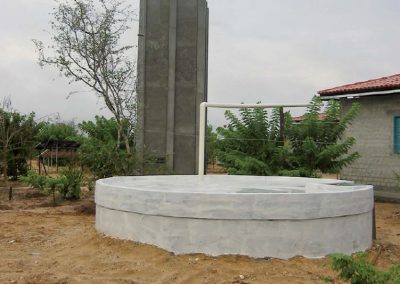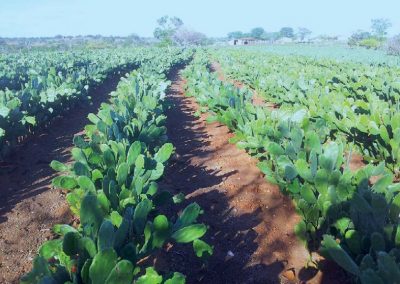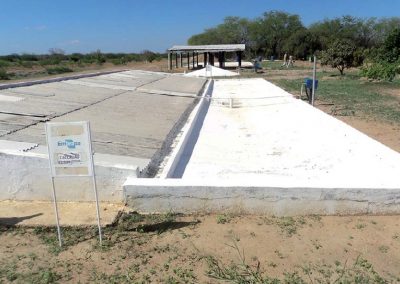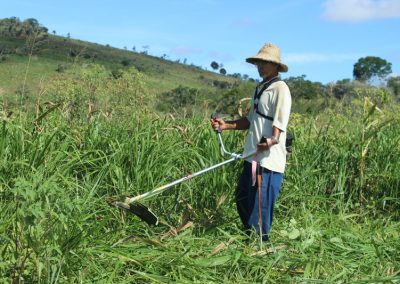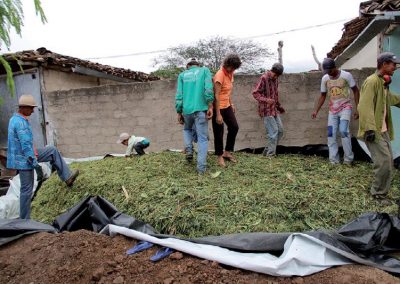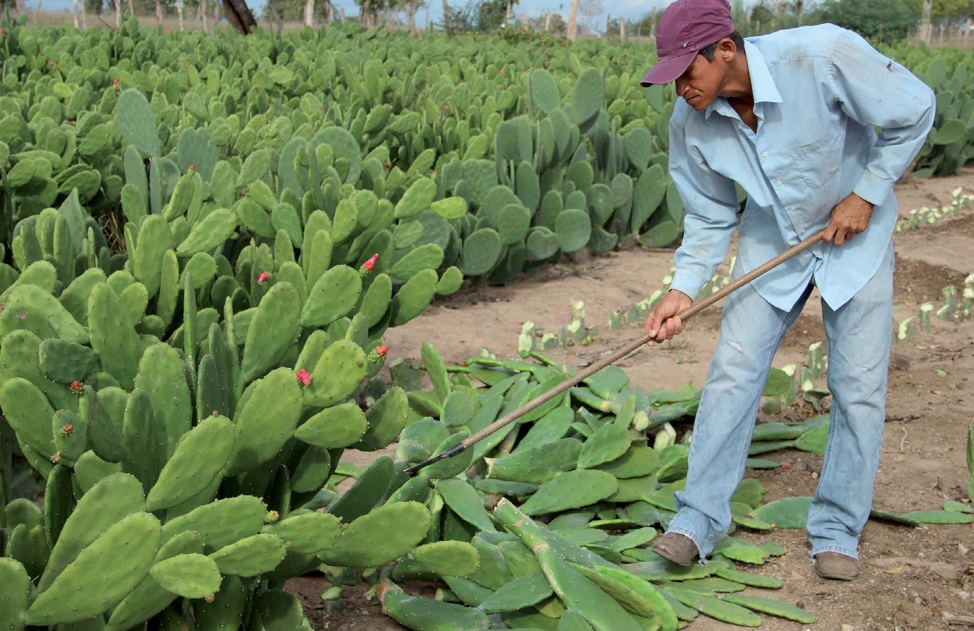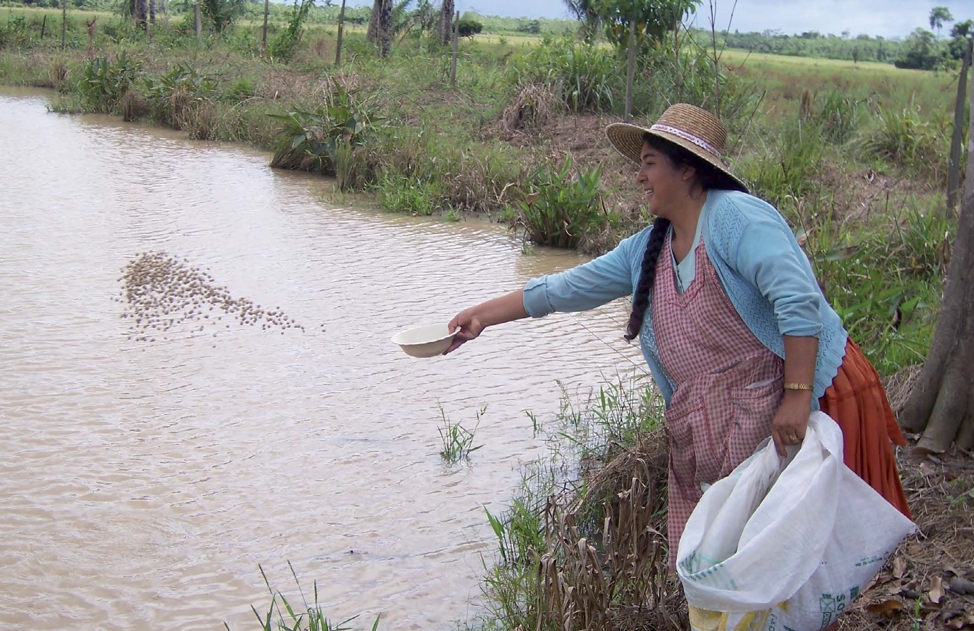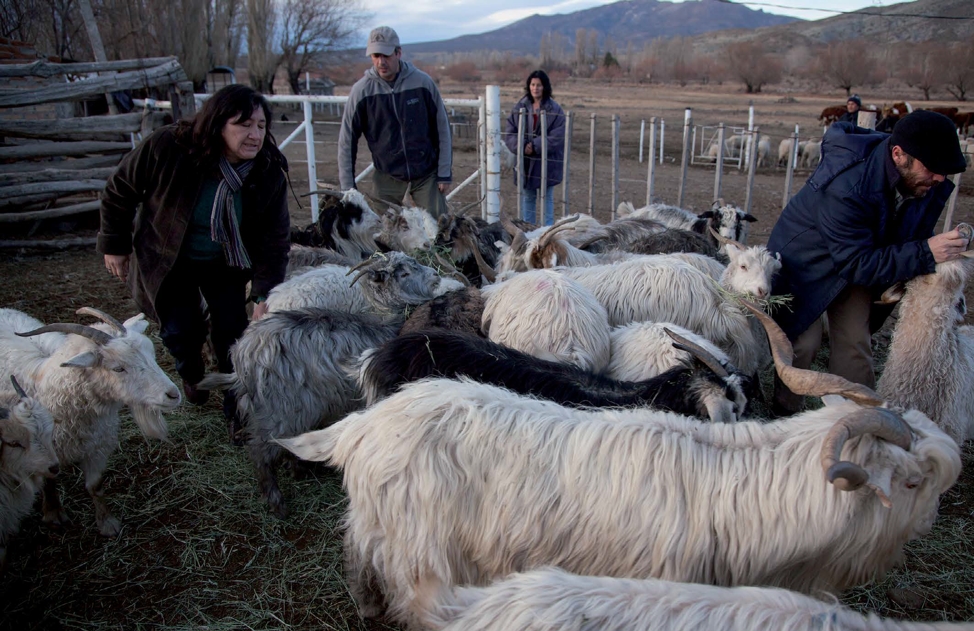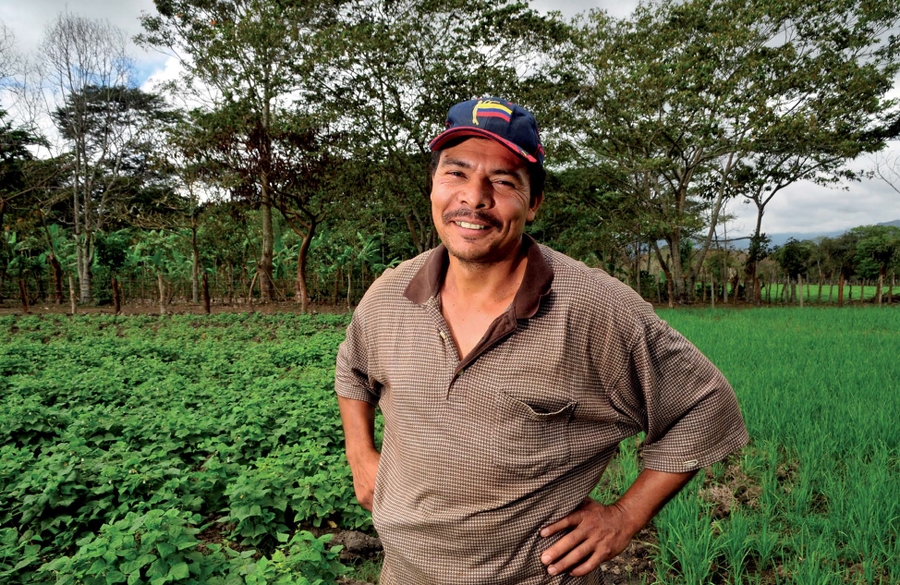Summary
Efficient Coordination to Address Climate Change
Brazil’s Sertão is Latin America’s most populated semiarid region. Agricultural production is the main activity for 15% of its population and it is a source of additional income for many of its inhabitants.
However, farmers achieve low yields due to their farms’ low technological level and to the intensification of seasonal droughts over the past fifty years.
In this regard, the state of Bahia, where the Adapta Sertão project is carried out, has recorded a 2°C increase in average temperature and a 400 mm decrease in rainfall, i.e., a 30% drop. Consequently, milk and staple crop productivity has considerably decreased.
°C in average temperatures
%
precipitations
In view of this situation, Adapta Sertão was established in 2006 as an alliance of several organizations, which helps small farmers in the Jacuípe basin, located in the driest area of the state of Bahia. It aims at improving productivity, strengthening producer organizations, and promoting value addition and market access, in order to face increasing threats from the environment.
The strategy is based on a process known as Community-based Adaptation (CBA). This methodology involves working together with local institutions and leading farmers, so that adapting to new technologies emerges from the community and the community can take ownership of innovations and sustain them, without solely relying on government programs. In this regard, experience suggests that welfare policies work only as a seed, while CBA seeks for changes to be sustainable.
Adapta Sertão’s experience shows that climate change could pose an opportunity to develop a new production culture in Brazil’s semiarid region, which is affected by underdevelopment’s inherent problems, such as food insecurity and migration to urban areas.
Official actions for access to technology, financing, and technical assistance are still fragmented. Forging alliances and establishing connections among those policies through local initiatives represents a breakthrough approach with sustainable benefits.


